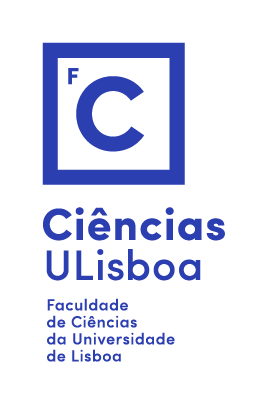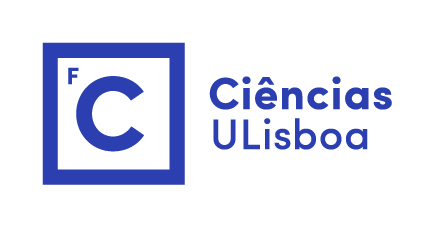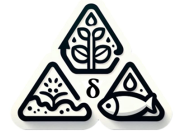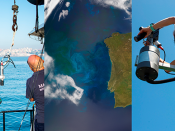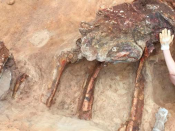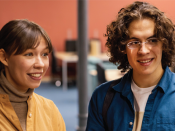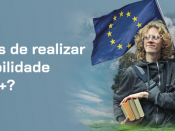Por Iñaki Echeverría (Department of Physics and Applied Mathematics, University of Navarra, Pamplona, Spain).
In a wide variety of social and biological systems such as human crowds, many of the behaviours we observe are the result of self-organising processes based on interactions between individuals and/or on the interaction of the individual with the boundaries. Understanding the underlying mechanisms that govern these systems means establishing a link between two distinct levels of observation: i) a macroscopic one that is displayed at the group level and ii) a microscopic one that is displayed at the individuals. Precisely, it will be the individual interactions which will eventually determine the type of relation between these two levels, finding a great diversity of behaviours in apparently pretty simple systems.
In particular, during this seminar, I want to present some of my PhD research work about crowd movement and self-organization phenomena that arise, for instance, in human crowds when they have to evacuate a room or walk with other people when social distance rules are prescribed. Using empirical observations and numerical models, I have studied the behaviour of pedestrians, the nature of their interactions and the collective patterns that emerge from their movement. Our results aim to propose applied solutions to improve the efficiency and management of the urban environment and to open new research perspectives for the study of other social systems.
